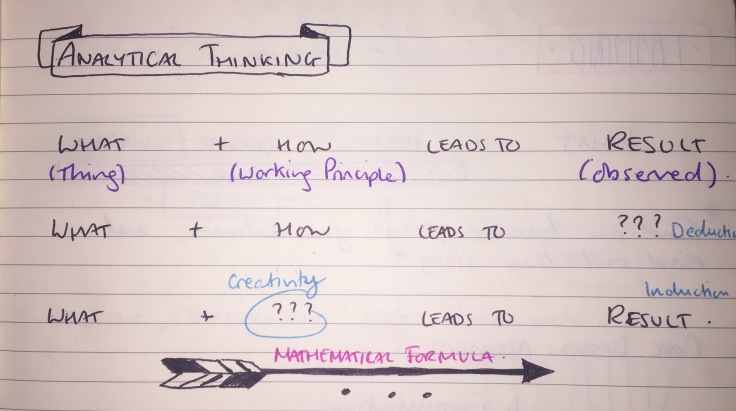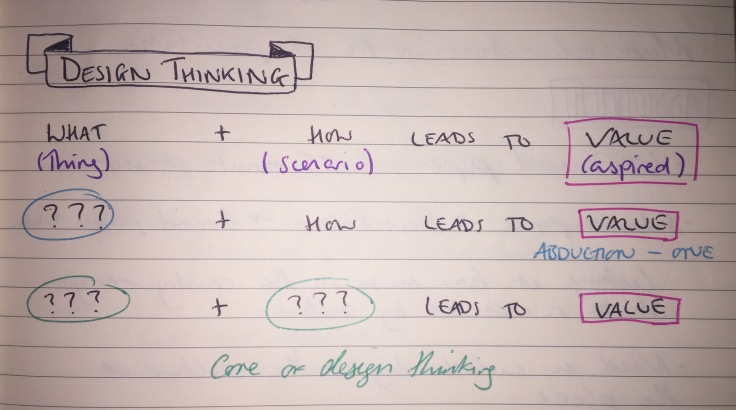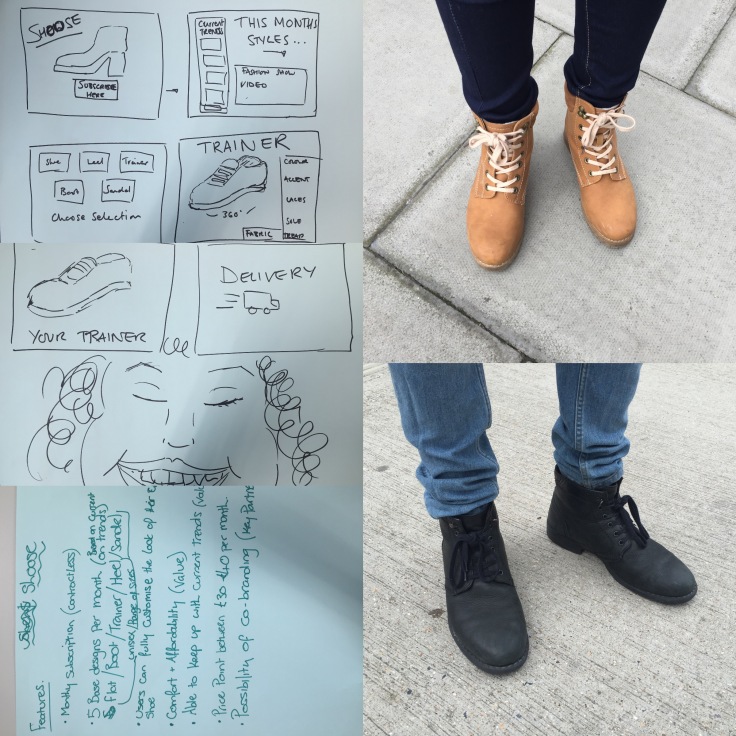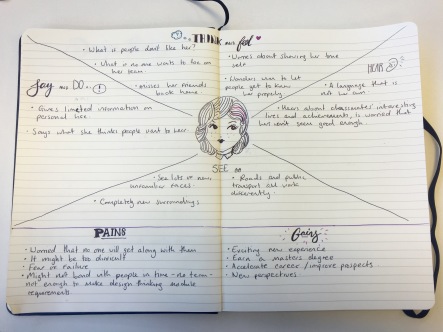Before we go any further, let’s think. Is there a difference between art galleries and art fairs? Surely they’re one in the same? As galleries exhibit their collections at art fairs in hopes of selling, the fairs must draw the same audience as the respective galleries, right? A recent trip to Frieze Art Fair in London provided some interesting insights into this topic…
Frieze is a world renowned art fair, desirable in the eye of the biggest galleries and the newcomers; exhibitors and patrons alike. Although it was difficult not to enjoy the art on show, our intentions at the fair were to explore its workings from a business perspective. Ultimately, we were trying to answer the question: who is the audience? After spending most of the day people-watching, my observations have offered a few suggestions.

The most interesting observation I made was that of the behaviour around the above piece. As you can see, it’s a mirrored box containing a neon light stating ‘SOMETHING SPECIAL ABOUT YOU.’ Upon approaching this piece, I noticed there was quite a queue. Not thinking much of it at first, I snapped a quick picture from as close as I could get and stepped back out of the way again. It was then that I noticed what the queue was for. People were lining up to get directly in front of the piece to take a ‘selfie’ in it.
Now, this was curious for two reasons. Firstly, they weren’t making it obvious that they were lining up for this reason. They were all just subtly falling into a queue trying to ignore their intentions. Secondly, it sparked the question of why they were there and which version of themselves were they presenting? As the purchase of this range of art is inaccessible to most, I think it would be fair to assume that many of the visitors on this day at Frieze were not there to buy. So, with this interesting behaviour in mind, could we conclude that the reason these people were at the fair was, although they clearly would have had some interest in art, to feed their identity or, further, their online identity.
‘Selfies’ are a phenomena of the 2010s, used as a tool for autonomy; self-perception; self-esteem; and self-promotion on various social media platforms. Over recent years, people have developed an intimate relationship with social media and have become experts in crafting an idealised persona, displaying themselves and their lives through a filtered lens. This observation of the Frieze art fair appears to be a manifestation of this behaviour, offering the conclusion that the audience (or at least a representative proportion of it) was there to massage their online personas and present another facet of their image. They were present at the fair to say ‘look at what I did today! I’m exclusive! I’m cultural! I’m part of the social elite!’
Although I’m conscious of the length of this post already (thank you for sticking with me), I’d like to offer an extended perspective on this. Considering the digital age in which we live and the rise of virtual and augmented reality technologies, we can further question the need and prominence of fairs such as Frieze. In light of what has been discussed above, I would be inclined to suggest that it has something to do with exclusivity. Visitors want to be able to say they were there, and this somehow gives them an advantage over those who were not; a sort of one-upmanship. This could then expand into the increasing prominence of selling not products, but experiences (think Coca-Cola not selling a bottle of coke but selling ‘Enjoy a Coke with friends’) but that is a discussion for another time…




